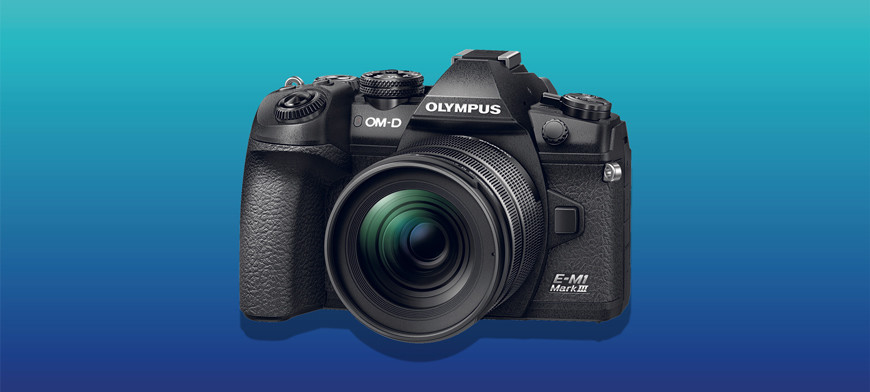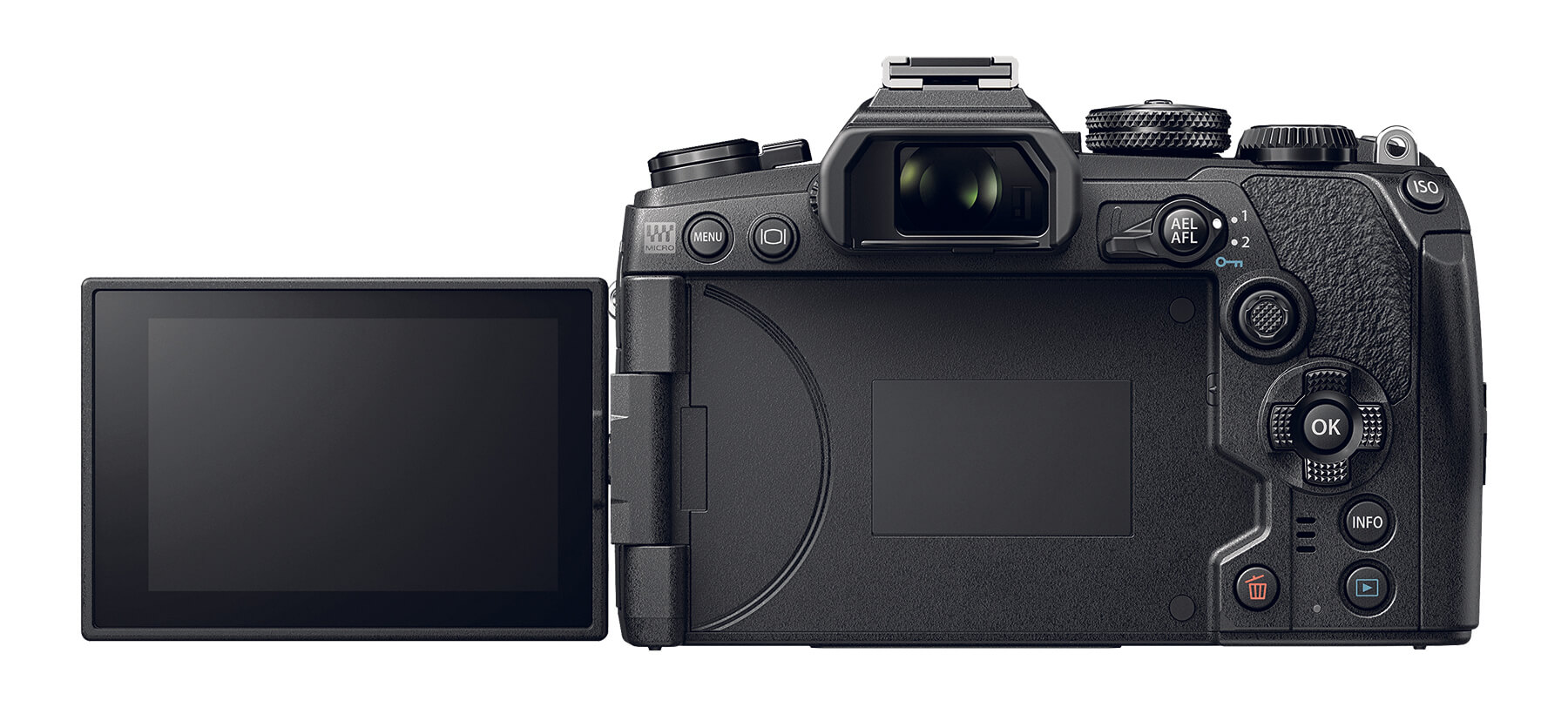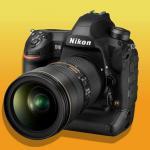
Olympus announces the OM-D E-M1 Mark III
Posted on Feb 12, 2020
With an amazing in-body image stabilisation system and handheld high-res shot mode, the new Olympus OM-D E-M1 Mark III is a camera packed with promise.
Olympus’s new OM-D E-M1 Mark III sits at the top of the brand’s Micro Four Thirds mirrorless camera range, giving photographers the choice between its more svelte bodyform or the larger OM-D E-M1X.
The new camera features a 20.4-megapixel Live MOS sensor and Olympus’s TruPic IX processor. This new processor allows for some exciting features, such as an in-body, five-axis image stabiliser (IBIS) giving a 7EV benefit with Micro Four Thirds lenses and 7.5EV benefit with Sync IS-enabled lenses. The enhanced IBIS system makes handheld high-res shooting possible, giving 50-megapixel files. And if you shoot high-resolution files on a tripod, 80-megapixel Raws are delivered.

The autofocus system sees significant gains, too, using 121 all cross-point, on-chip phase detect sensors covering 75% of the image vertically and 80% horizontally. There’s Starry Sky AF for pinpoint accuracy during astro shooting and Advanced Face Priority and Eye Priority AF, including in movie mode, for accurate continuous focus tracking of moving subjects. And speaking of tracking, the OM-D E-M1 Mark III can shoot stills at 18fps with AE/AF tracking.
No camera is complete without video, and the OM-D E-M1 Mark III has Cinema 4K and supports OM-Log400 shooting for no detail loss in the shadows or highlights and more colour grading control.
An improved Supersonic Wave Filter to keep the sensor clean, 35 frames Pro Capture in full Raw, built-in neutral density filter with a range from EV2 to EV32 and USB recharging with full use of the camera possible during charging are other big highlights of the new camera.
OM-D E-M1 Mark III specs
- 20.4-megapixel Live MOS Micro Four Thirds sensor
- TruePic IX image processor
- 18fps with AF/AE tracking with full Raw
- 60fps Pro capture – 35 before, up to 120 after
- Two SD card slots, 1 x UHS-II, 1 x UHS-I
- Starry Sky AF
- B with direct access to Live, Composite, Time
- USB recharging
- Integral ND filter
- Weatherproof
- AF multi-selector
- Handheld high-res mode for 50-megapixel images – the tripod option gives 80-megapixel files
Olympus has also added to its lens system. The M.Zuiko Digital ED 12-45mm f/4 Pro, Olympus claims, is the world’s smallest and most lightweight standard zoom with a fixed aperture value. It weighs 254g, so it’s perfect as a carry-everywhere lens, especially since it’s environmentally sealed in nine places.
It might be a light lens, but its construction of 12 elements in nine groups features exotic glass, including a super-high refractive element and a dual super aspherical lens to give high sharpness across the whole image frame at every focal length. Olympus’s ZERO (Zuiko Extra-low Reflection Optical) coating keeps flare and ghosting to a minimum.
Added picture creativity is possible thanks to the lens’s minimum focusing distance, 12cm at the wide end and 23cm at the telephoto end allows a magnification of 0.25x (0.5x in 35mm format equivalent) for impressive close-up shots and can be used in conjunction with the focus stacking and focus bracketing features of several Olympus cameras.
The M.Zuiko Digital ED 12-45mm f/4 Pro lens is available from late March with a guide price of £599.99.
The Olympus OM-D E-M1 Mark III is available from late February in black, with a body price of £1599.99. Two kits will also be offered, with the ED 12-40mm f/2.8 Pro at £2199.99 and ED 12-100mm f/4 IS Pro at £2499.99.
Read our hands on OM-D E-M1 Mark III review here.
For more information, please visit the Olympus website.




